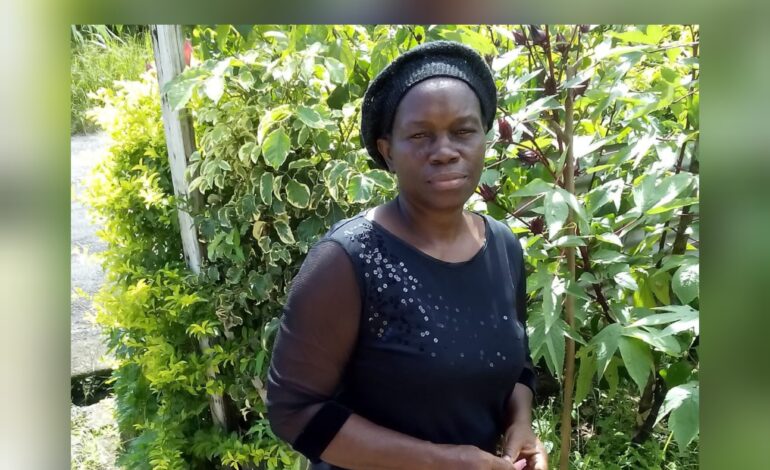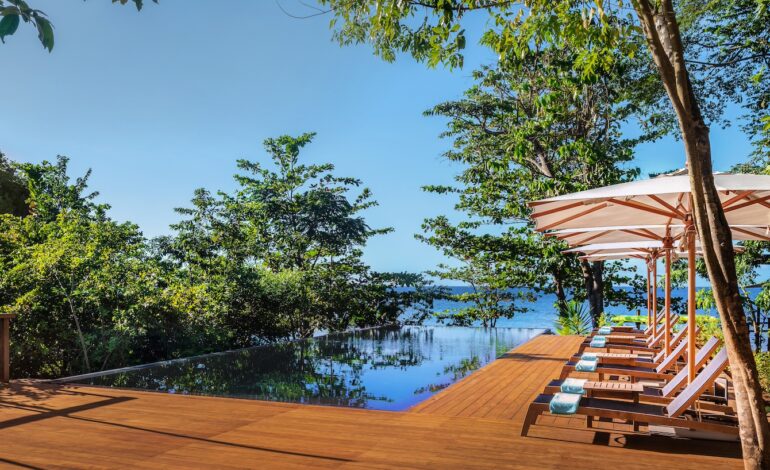
During this week, CCRIF will make payouts to the Government of Grenada totalling about US$44 million (EC$118 million) following the passage of Hurricane Beryl which totally devastated 90 per cent of all buildings – the airport, marinas, gas stations, the hospital and homes – on the islands of Carriacou and Petite Martinique – two of the sister islands that comprise the State of Grenada.
There was also significant damage to the agriculture sector as well as the natural environment, including mangrove ecosystems. Electric utilities, mainly the transmission and distribution systems on both islands, also were significantly damaged. The north of mainland Grenada was also not spared the wrath of Hurricane Beryl, with damage to homes, the agriculture and forestry sectors, and electric utility transmission and distribution and water distribution systems.
The Board and Management of CCRIF extend deepest condolences to the Government and people of Grenada for the loss of life, property and livelihoods due to this powerful storm. CCRIF is well aware of the impacts on other CCRIF member countries in the region and extend sympathies to St. Vincent and the Grenadines and Jamaica for the lives lost in those countries.
All CCRIF policies for Grenada triggered.
The table below shows the payouts that will be made to the Government of Grenada, the policies triggered and the perils covered.

CCRIF’s parametric insurance policies make payments based on the intensity of an event and the amount of loss calculated in a pre-agreed model caused by these events. The payout to Grenada on its tropical cyclone (TC) policy is the single largest payout by CCRIF. Until now, Haiti had the single largest payout from CCRIF, having received just under US$40 million, following the 2021 earthquake.
CCRIF currently offers 6 parametric insurance products – for tropical cyclones, excess rainfall, earthquakes, and the fisheries, electric utilities and water utilities sectors. According to CCRIF CEO, Isaac Anthony, “These payouts represent Grenada’s first payouts from CCRIF. I commend the Government of Grenada, which has always maintained that despite not receiving a payout, it understood the importance of financially protecting the economy in case a disaster strikes, as it would never want to see a repeat of Hurricane Ivan”.
Mr. Anthony, in reflecting on Beryl further stated that, “countries ought to treat parametric insurance for natural hazards like they treat health insurance. We buy health insurance because it is important to help safeguard our lives. However, we hope we do not need it but when we do, we have the peace of mind that it could help us deal with a more serious illness than a common cold. Similarly, we do not want to be negatively impacted by natural hazards and be faced with natural disasters. However, in the case of CCRIF’s parametric insurance, the moment we really need it, it is available within 14 days of a triggering event. CCRIF’s parametric insurance must be seen as a key component in helping countries to build back better and stronger to withstand future natural hazards, especially within the context of climate change”.
Hurricane Beryl seems very reminiscent of Hurricane Ivan 20 years ago, which impacted 9 Caribbean islands. Beryl impacted a similar number of countries, creating much destruction along its path. The impacts of Hurricane Ivan in 2004 brought into sharp focus among Caribbean governments, the need for quick liquidity following a natural disaster – quick liquidity to meet immediate needs of the population even before considerations of reconstruction and redevelopment begin. CCRIF and the introduction of parametric insurance in the Caribbean were born out of Hurricane Ivan. Hurricane Ivan in 2004 resulted in Grenada and the Cayman Islands each suffering economic losses which totalled 200 per cent of their annual GDP, with a further seven countries also severely impacted. Regional losses due to Ivan totalled over US$6 billion.
There are, however, several important differences today compared to 2004. Countries such as Grenada, St. Vincent and the Grenadines and Jamaica now all have access to liquidity from CCRIF within 14 days of the impacts of Beryl to begin the recovery efforts.
Parametric insurance is not debt relief and does not add to a country’s debt stock. CCRIF has demonstrated that catastrophe risk insurance can effectively provide a level of financial protection for countries vulnerable to natural disasters. Parametric insurance products are a key component in a country’s disaster risk financing (DRF) strategy and are designed to pre-finance short-term liquidity. CCRIF’s parametric insurance is helping to close the protection gap, reduce budget volatility, and allow countries to respond quicky to their most pressing needs, including providing support to the most vulnerable in their populations.
Since its inception in 2007, and prior to Beryl, CCRIF made 65 payouts totalling US$274 million to 17 members. CCRIF is expected to make 10 payouts under Beryl totalling over US$75 million in the next few days thereby taking payouts to approximately US$350 million.
The Government of St. Vincent and the Grenadines will receive US$1.8 million, and the Government of Trinidad and Tobago will receive US$372,752 for the impacts of Beryl on Tobago. Jamaica will also receive payouts, and these will be communicated later this week. Coverage can be purchased from CCRIF of up to US$150 million per peril. CCRIF was never set up to cover all the losses on the ground. So, while these payouts may not cover all rebuilding costs, all recipient governments express appreciation for the rapid infusion of liquidity, which they use to address immediate priorities.
Twenty years after Hurricane Ivan, the Caribbean remains at high risk from the increasing severity, frequency, unpredictability and variability in hydro-meteorological hazards such as storms, rainfall and even drought and heat – all exacerbated by climate change – as well as earthquakes and other seismic hazards. The countries of the region continue to build resilience and engage in comprehensive disaster risk management. Importantly though, the Caribbean and Central America are now financially protected against these hazards – not only through CCRIF and its parametric insurance, but also through the adoption of a variety of disaster risk financing instruments. CCRIF continues to engage in dialogue with its members about the importance of having in place a suite of DRF instruments that can address the range of hazards to which the countries in the region are exposed as well as to anticipate new and emerging risks.




